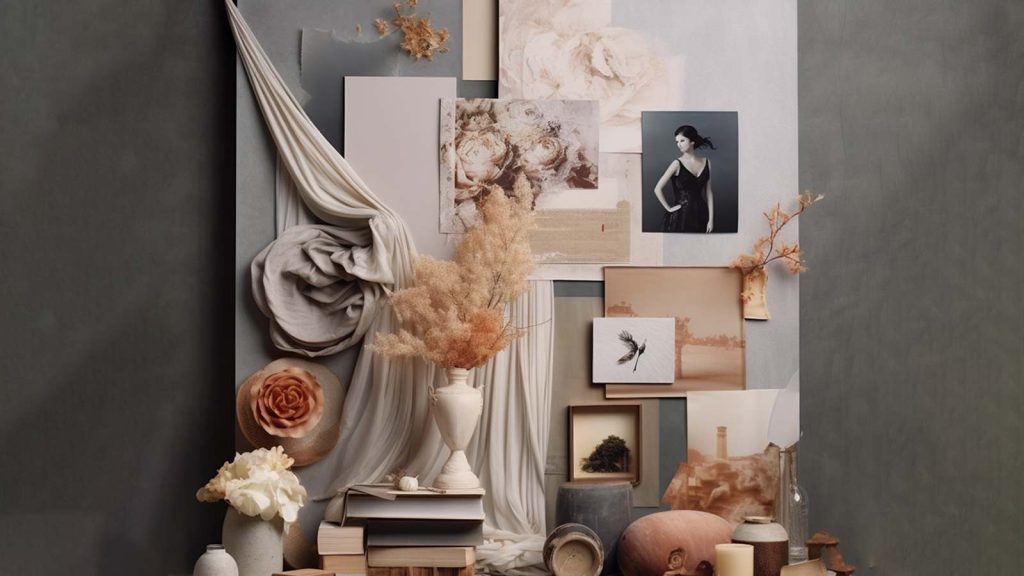Color has the power to transform a space, evoke emotions, and create a harmonious atmosphere within our homes. Choosing the perfect color palette is an essential aspect of interior design, as it sets the tone and personality of each room. In this blog post, we will delve into the impact of color and provide practical tips on how to choose the perfect palette for your home.
Understanding Color Psychology: Color psychology explores how different colors influence our mood, emotions, and behavior. Warm colors like red and yellow tend to energize and stimulate, while cool colors like blue and green create a sense of calm and relaxation. Understanding these associations will guide you in selecting colors that align with the desired atmosphere for each room.
Consider your personal style and preferences when selecting a color palette. Do you lean towards bold and vibrant hues, or do you prefer a more muted and tranquil ambiance? Understanding your aesthetic preferences will help you create a cohesive and personalized space.
Observe the natural lighting in each room before choosing a color palette. Rooms with ample natural light can handle bolder and darker colors, while rooms with limited natural light may benefit from lighter, softer tones to create a brighter and more open feel.
Start by creating a mood board or inspiration board. Collect images, fabric samples, paint swatches, and other visual elements that resonate with you. Look for common themes, color combinations, and textures that inspire you. This will give you a visual reference to guide your color selection process.
Different rooms serve different purposes, and the color palette should align with their function. For instance, bedrooms benefit from calming and soothing colors, while dining areas may benefit from warm and inviting tones. Consider the intended use of each space and choose colors that enhance its purpose.
You can use Color Theory – familiarize yourself with basic color theory principles to create a visually pleasing palette. Complementary colors (opposite on the color wheel) create a vibrant and dynamic contrast, while analogous colors (adjacent on the color wheel) provide a harmonious and soothing effect. Experiment with these color relationships to find the right balance.
Before committing to a color, test paint samples on your walls. Lighting conditions and surrounding elements can influence how a color appears in your space. Paint a small area and observe it throughout the day to see how it interacts with different light sources and other furnishings.
Achieve a sense of visual flow by selecting colors that complement each other throughout your home. Consider how rooms connect and transition from one to another. Opt for a cohesive color scheme, using variations of the same colors or complementary shades to create a harmonious and connected atmosphere.
Neutrals play a crucial role in any color palette. They provide balance and act as a backdrop for bolder colors. Incorporate neutral tones such as white, beige, or gray to create a timeless and versatile base that allows you to easily update your decor over time.
Ultimately, trust your intuition and choose colors that resonate with you. Your home should reflect your personality and bring you joy. If a color evokes positive emotions and feels right to you, it’s likely a good choice for your space.
The impact of color in our homes is undeniable. By understanding color psychology, considering natural lighting, and reflecting on personal style, you can choose the perfect color palette that aligns with the desired atmosphere for each room. Let your creativity and intuition guide you as you create a harmonious and visually stunning space that truly reflects your unique personality and enhances your everyday living experience.




